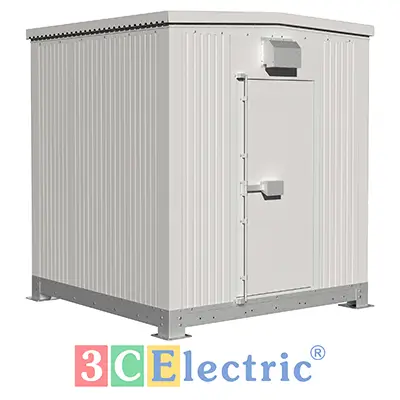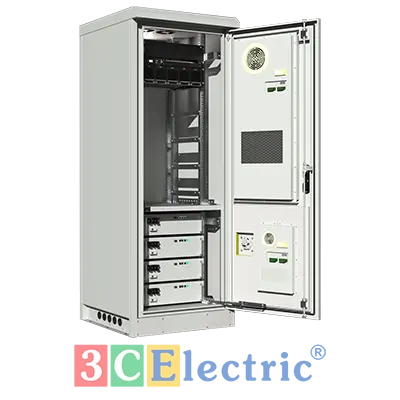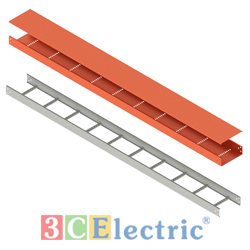Location
The location of the fire door often determines the code-dictated fire rating. For example, if the door is a connector between two buildings or acts as a divider between two areas within one building that has more than one fire area, then the fire door must be able to withstand the fire for three hours. However, openings located in a hall with draft control on either side of the door require only a 20-minute door.

Glass
The glass inside the fire door must meet certain requirements. Two kinds of glass may be used in fire doors—wire-embedded glass and ceramic glass. For fire doors rated 20 minutes without receiving spray by a fire hose, the window size can encompass up to 35 and 13/15 inches wide to 83 and 5/8 inches high. For the 90-minute door, allowable window size is up to 12 inches wide and 33 inches high. With ceramic glass in fire doors, the 20-minute door can contain glass that measures 35 inches by 81 inches, and the 90-minute door can contain ceramic glass that is 36 inches by 54 inches. Unlike the fire door with wire-embedded glass, the door that’s fire rated to 180 minutes can contain ceramic glass measuring 12 inches by 33 inches.
Door Frames
Even the frame of the fire door receives a rating. If the wall construction consists of drywall, then the frame of the fire door must withstand fire for an hour and a half, while door frame requirements in a masonry wall range from 20 minutes up to three hours.
Hinges
The hinges of fire doors must be made of steel. The reason for this is as follows because steel is able to withstand the heat of fire longer than other non-ferrous metals and is able to retain its shape longer before distorting. Having hinges that distort with heat could mean that the door would not operate properly during a fire. If the door is 8 feet tall and and 4 feet wide or less, then you can use hinges that are standard weight on the doors, as long as they are made of steel. If the doors are over 8 feet in height, then you need to use heavy-duty hinges on the doors.
The Latch
The latch is a major concern with fire doors. When there is a fire, the latch of the fire door must automatically release, allowing the door to swing closed, blocking the progress of the fire and penetration of smoke. However, the door must be able to be actuated easily, allowing people to open it as they leave the building. The only time that you can install deadbolts on a door is when the fire door leads to the outside of the building in a foot traffic route not often used.
Hardware
The hardware of the fire door needs to be able to withstand a panic test; in other words, the door needs to be able to open easily, even if someone applies a lot of force to the door.
Closer
The fire door can feature a closer, which is a device that allows the door to close at a controlled rate of speed. However, the door must close automatically as soon as fire occurs.
Gaskets
Fire doors require gaskets because they help to keep out the penetration of harmful smoke and air when there is a fire.
( Read more : http://www.ehow.com )











